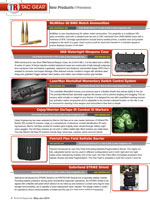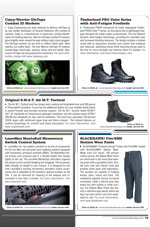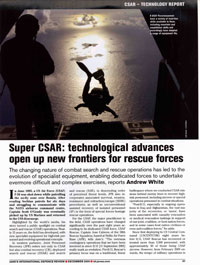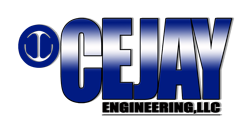Latest News
By: Adam Rawnsley and Noah Shachtman
Originally published on Wired.com
![]()
American drone strikes are finding their targets in Pakistan through a series of infrared homing beacons, Al Qaeda alleges in a new online publication.
The American and Pakistani intelligence services credit U.S. unmanned aircraft with decimating the ranks of terrorist and insurgent operatives in Pakistan. "Very frankly, it’s the only game in town in terms of confronting and trying to disrupt the Al Qaeda leadership," CIA director Leon Panetta said in May. The unmanned aircraft have supposedly carried out 28 attacks on suspected militants, just since the start of the year. Hundreds have been killed, including as many as 45 more people in a series of strikes today.
But how the killer drones find their targets has been a matter of some dispute. Local Taliban commander Mullah Nazir, himself an occasional target, says they’re guided by SIM cards, installed in militant cell phones. Area tribesman talk of homing devices, planted by informants, that are capable of signaling American aircraft. In* The Ruling Concerning Muslims Spies*, an internet-distributed book written by self-styled theologian and emerging Al Qaeda leader Abu Yahya al-Libi, warns readers of American infrared devices which he claims directs the attacks on Al Qaeda and its allies.
CeJay Engineering has introduced a multi-mode version of their FlexLightStick which offers both constant on and strobe in one model.
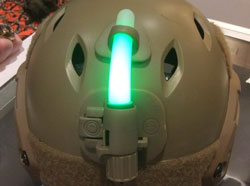 FlexLightStick which offers both constant on and strobe in one model
FlexLightStick which offers both constant on and strobe in one model 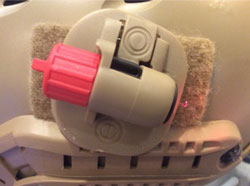 FlexLight helmet mount that can be Velcroed into place
FlexLight helmet mount that can be Velcroed into place 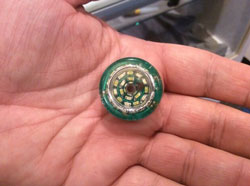 Helios UAV Beacon. An inch across, it can be wired 9-28v
Helios UAV Beacon. An inch across, it can be wired 9-28v
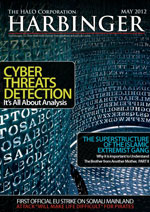 Cejay Engineering's Phoenix Jr.™ 123 was recently featured in The Halo Corporation Harbinger magazine.
Cejay Engineering's Phoenix Jr.™ 123 was recently featured in The Halo Corporation Harbinger magazine.
The Phoenix JR.™ 123 is an extremely rugged and low cost Infrared marker beacon. The Phoenix JR.™ 123 beacon was principally designed as an individual Combat Identification marker employed to minimize fratricide (the inadvertent destruction of battle field assets by friendly forces.) It can also been used as a vehicle ID marker, drop zone indicator and perimeter marker. Designed with the same functionality as the Phoenix JR.™ it has been equipped with a spring clip for easy attachment to belts, straps, clothing and equipment. Designed to use a CR123 Battery, the Phoenix JR.™ 123 is 50% smaller and lighter than the Phoenix JR. When not in use, the CR123 battery can be stored within the unit by installing the battery upside-down. Interested in purchasing the Phoenix JR.™ 123 click here.
You can view the excerpt here and download the brief article: pdf The Go Bag (8.12 MB) pdf
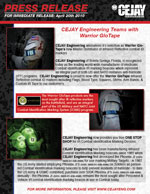 CEJAY Engineering announces it’s selection as Warrior GloTape’s new Master Distributor of Infrared Reflective combat ID markers.
CEJAY Engineering announces it’s selection as Warrior GloTape’s new Master Distributor of Infrared Reflective combat ID markers.
CEJAY Engineering of Bonita Springs Florida, is recognized today as the leading world-wide manufacturer of electronic Combat Identification IR marking beacons which represent an integral part of both US and NATO militaries anti-fratricide(IFF) programs. CEJAY Engineering is proud to now offer the Warrior GloTape Infrared Reflective combat ID markers including Flags, Blood Type, Squares, Shims, Arm Bands, & Custom IR Tape to our customer’s.
Excerpt from Tactical Response Magazine - May-June 2010
Download Announcement: pdf Tactical Response Magazine (636 KB)
Cejay Engineering Pegasus and Paris CID products were highlighted in the December, 2009 issue of Jane's International Defense Review. The article focus was the technology used in Combat Search And Rescues (CSAR) missions. The following is an excerpt from that article.
One such example is the use of lights and lasars to signal incoming CSAR aircraft. Cejay Engineering currently provides US forces with around 500,000 Phoenix Junior IR lighting systems each year and also supplies UK forces.
Designed for combat identification to prevent blue-on-blues, the lights have been designed to be easily recognizable when compared with the muzzle flash of semi-automatic and automatic small arms. "This was first used in Operation 'Desert Storm' and since then has become a regular requirement for US forces," business development manager at Cejay, Steven Bronson, states.


